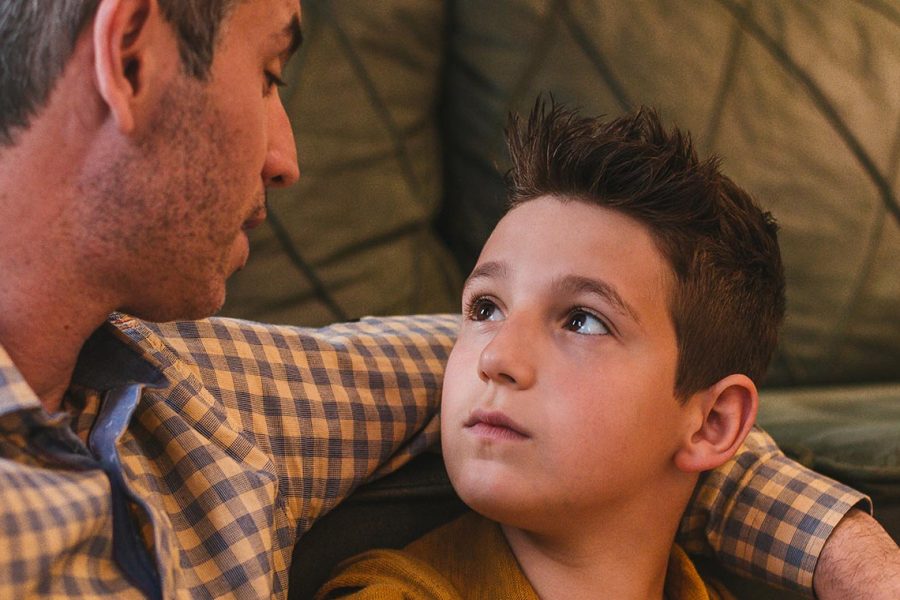Does your child suffer from anxiety? If so, you are not alone. Anxiety has become the leading mental health issue among Canadian children. It is not easy to deal with such a situation, but there are tools you can use to help your child cope with his or her anxiety.

Help Your Child Cope With Anxiety
Does your child suffer from anxiety? If so, you are not alone. Anxiety has become the leading mental health issue among Canadian children. It is not easy to deal with such a situation, but there are tools you can use to help your child cope with his or her anxiety.
Start With the Basics
The starting point to help your child cope with his or her worries is the basic needs of every kid: healthy meals, plenty of water, enough sleep, some downtime, playing outdoors and daily exercise like playing at the park or riding a bike.
Clear Expectations
Proceed at a slower pace with an anxious child, but do not avoid stressful situations altogether. Tell them that you know it is stressful, you understand, it will get better over time. Explain to them that worry is normal, it’s an alarm that protects us from danger. Everyone worries from time to time, but sometimes our system gives false alarms. In these cases, we can manage our worries with some simple techniques.
Empathize
Let your child know that they are not alone, you know they are scared and it’s okay. You are there and you will help them.
Desensitize
Take small steps to desensitize your child from the cause of their worries. Once a step becomes easy for your child, go to the next step. If your child is afraid of dogs, start by looking at a picture book about dogs. Point out nice or funny features about them. Talk about pleasant experiences and fond memories you have about dogs. Once your child is at ease with that, bring him to a dog park to look at dogs from across the fence. Later, ask a friend with a calm and friendly dog if you can visit with your child so he can pet him.
Checklist
Give your child a checklist of what to do when an anxiety attack occurs. Writing the list on a piece of paper that your child keeps with him can be a form of security for him, as he can always refer to it to remind him what to do.
Take deep breaths;
Relax your muscles;
Use a stress ball;
Write it out;
Get help from an adult.
Write It Out
Reserve ten to fifteen minutes a day when your child writes or draws his or her worries out. Let them explain them to you. They then rip the page and throw it away. Older children can keep a worry journal where they vent their worries of the day but have to end with a positive thought.
Characterization
Create a character that personifies your child’s worries. Give it a silly name like “the Worry Worm.” You can do this using a teddy bear or by role-playing. Teach your child to talk back to the character and say things like “No! That’s not true!” and “You’re not in charge, I am and I can handle this!” It helps your child rationalize and face his worries.
Have a Plan
Help your kids have a plan for situations that stress them out. Go through the situation step by step with them, and help them reason out solutions.
Teach by Example
Your child learns most by the example you give them. When a situation worries you, react the way you would like them to react.
Do not give up, and do not feel guilty. You are a great parent, and with your help, time and patience, your child will learn to cope with his or her anxiety.
Discover our sensory sticker set designed to help young people manage stress through tracing and breathing exercises. This set of sensory stickers includes 3 stickers that can be applied anywhere—on a computer, tablet, or phone—so they’re always within reach.






